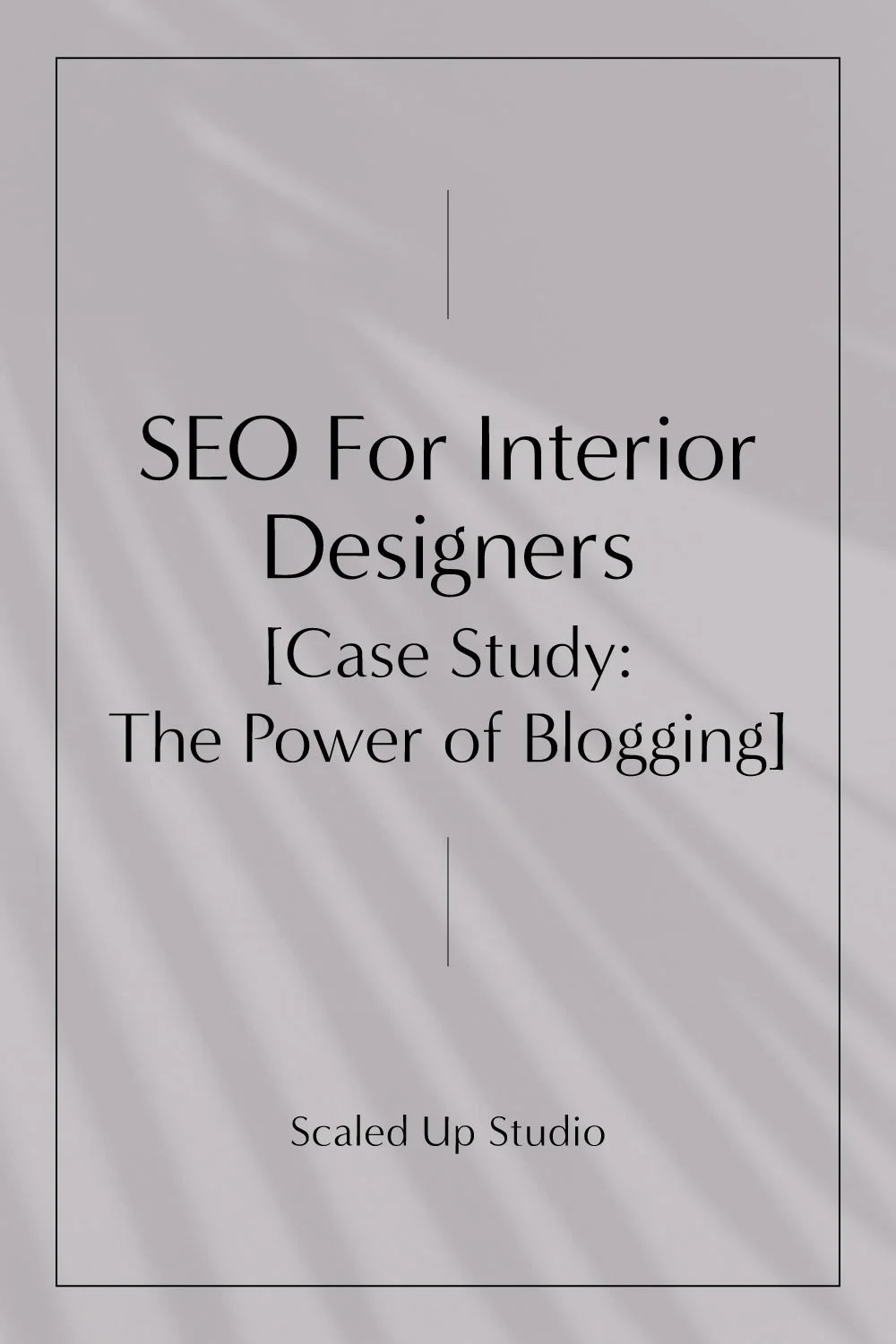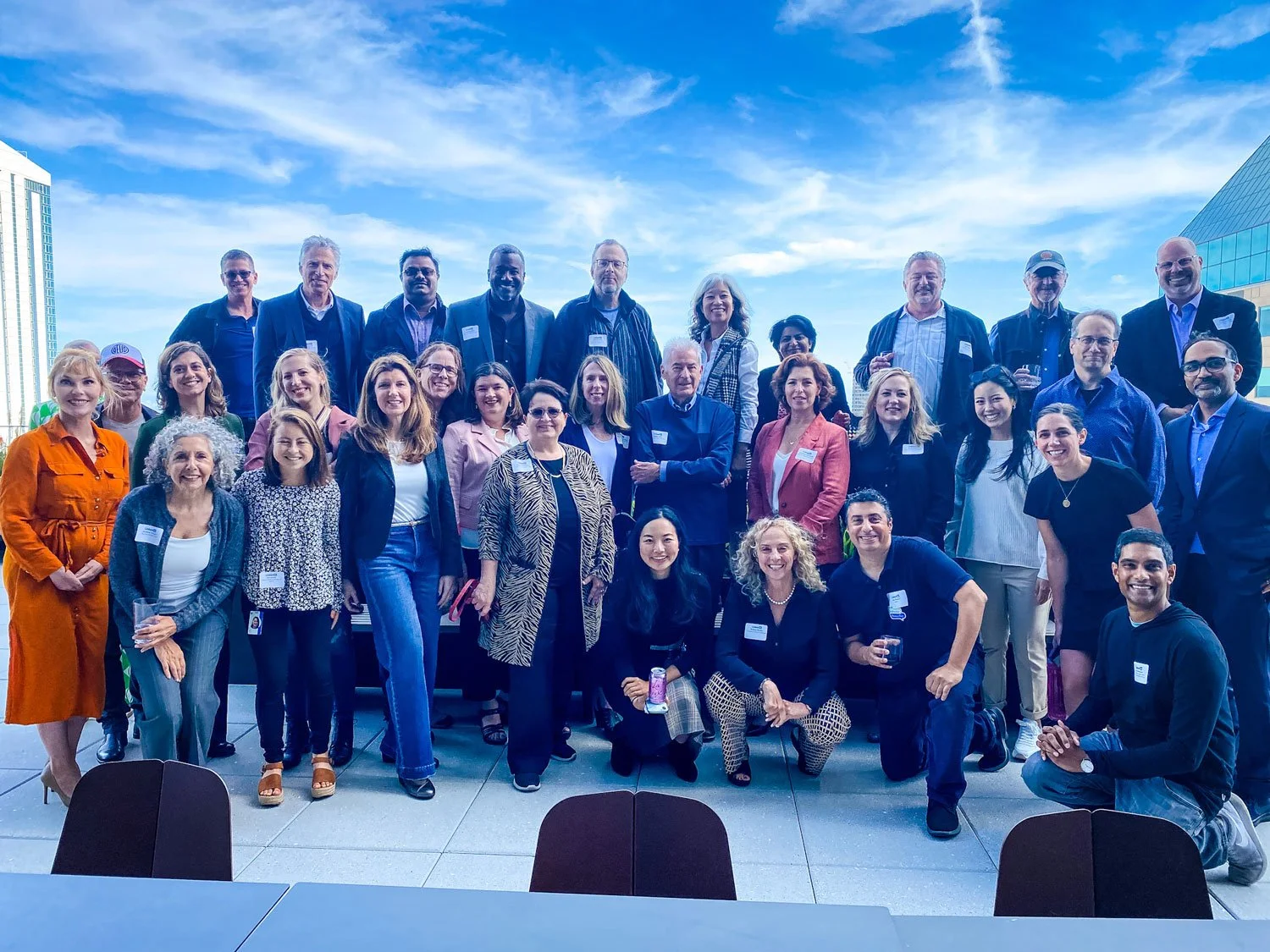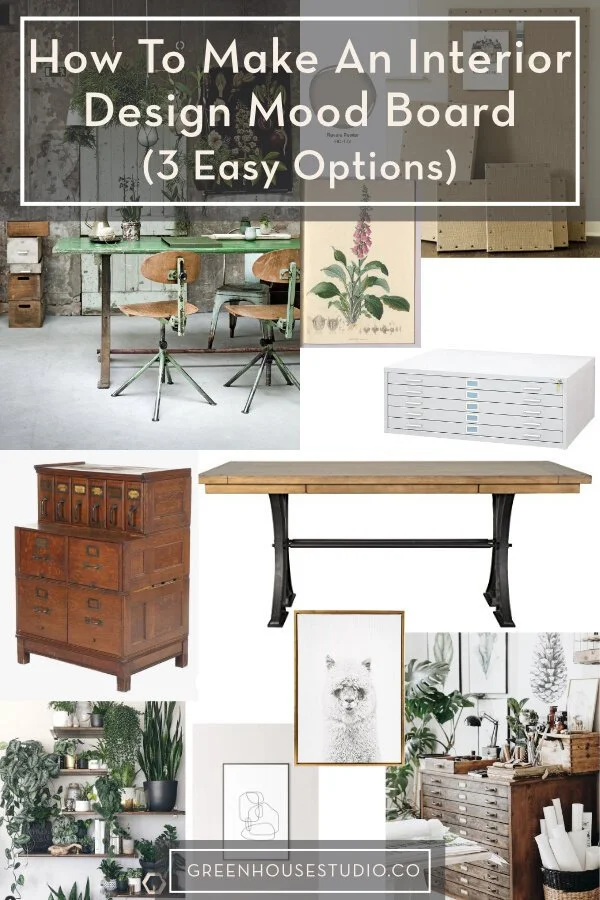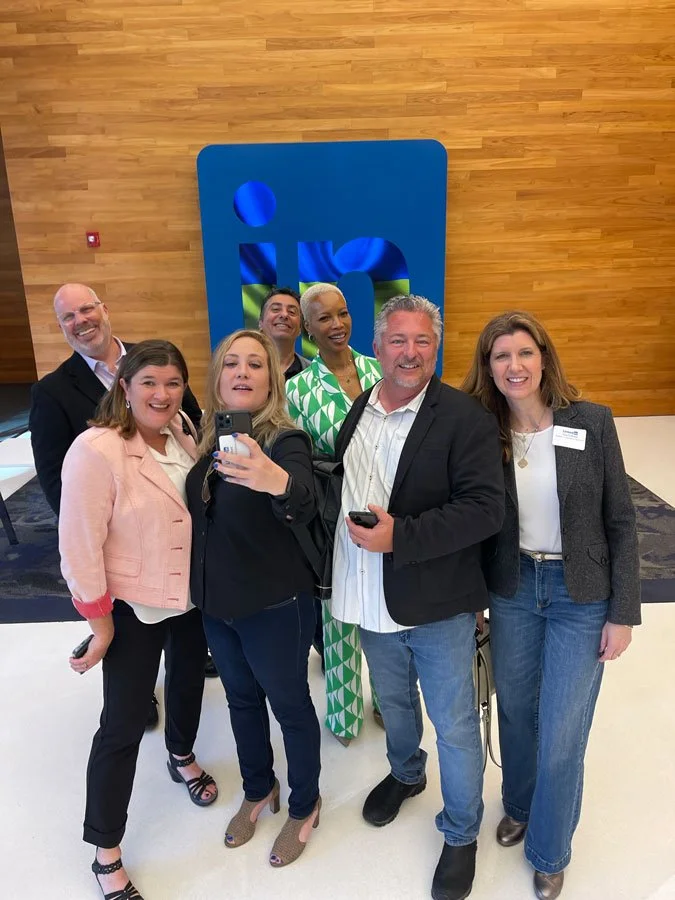SEO For Interior Designers [Case Study: The Power of Blogging]
Are you an interior designer or architect looking to improve your SEO (search engine optimization)? The answer is a universal YES! More eyeballs on your website portfolio and design services means more potential clients.
One of the most powerful tools in an interior designer’s SEO arsenal (or any small business) for improving traffic is blogging. Strategic blogging will funnel traffic to your design services and products, which can mean a significant uptick in your revenue growth.
Today I want to relate a story about how I was able to open a door for myself through a blog post I created when my blog was only four months old. I’m sharing this story for the purpose of illustrating how you can apply the same strategy to your own design business website.
From New Design Blog to LinkedIn Learning Instructor
I just got back from attending the first LinkedIn Learning Instructor Reunion at LinkedIn’s San Francisco offices. If you’re not familiar, LinkedIn Learning is a subscription service for enterprises or individuals where they can access unlimited online courses in an incredible range of subjects. It’s a fantastic way to level up your skillset by building on what you already know or or by acquiring a whole new set of skills.
I attending this instructor reunion because I was asked to author a course for LinkedIn Learning based upon a blog post I wrote when my home and garden blog, Greenhouse Studio, was barely 4 months old back in 2020.
The official group photo of the 2022 San Francisco LinkedIn Learning Instructor Reunion. (Wondering if they also applied an official “LinkedIn Blue” filter :)
I started Greenhouse Studio in December 2019 when I decided it would be interesting to combine my landscape and interior design work plus houseplant know-how (undergrad degree is ornamental horticulture) into a home and garden blog format and see what happened.
When I first started my blog, I had no idea how to blog, but I was willing to learn. If there’s one exercise I enjoy, it’s taking the deep dive on a subject and figuring it out. (And if you share this trait, you too are a strong candidate for blogging.) I always like to be learning new things and get bored easily with a lot of repetition, so this suits me well.
Once I put out the first few awkward blog posts, I started to get a better handle for how blogging and SEO works. I knew understanding SEO was key to growth, but I had no clue about the finer points like keyword research and the many details about how to optimize for SEO.
I’m a girl who’s been accused of being pretty darn methodical in the past, but I will give myself credit at that point in time for allowing myself the space to explore and essentially “get off my chest” certain topics.
One of those topics was mood boards for a design project - why they’re crucial to getting a project off on the right foot and different options for making one.
I had something to say about how I use mood boards, whether for interior or landscape design. I started typing with no end purpose other than wanting to put the design process I had honed over time out there as a blog post for anyone to access.
Strategic Blogging for Interior Designers
As I said, I wasn’t acquainted with the finer points of SEO then at all, but I did know that writing a long form post that engaged readers with quality text and visuals was necessary to have a shot at ranking well in Google search and as a result, getting people to discover my blog.
Trust me, if nothing else, those are still the most basic, important tenants of a ranking blog post. Much of the rest of SEO is more like fine-tuning, and you can’t fine tune a Ford Pinto into a McLaren.
I posted How To Make An Interior Design Mood Board at the end of March 2020, and after a couple months it began to rank well.
In July, I got an email saying LinkedIn Learning was interested in making a mood board course, my blog post had come up when doing research, and would I be interested in exploring the idea of authoring a mood board course for them.
I was sooo excited! I was also nervous and the first thing to set in was imposter syndrome. The reason being is I assumed their mood board audience would be 99% graphic designers, and although I’ve “played one on TV” so to speak for a couple decades now even having a web design business, I’m not “formally trained”.
I think of myself as a Jill-of-all-design-trades, for better or worse. (Hence the earlier comment about getting bored with a lot of repetition...for better or worse.)
Regardless, I wasn’t going to let that stop me, so I worked hard on a proposal presentation and was signed on to create the course.
I accelerated the timeline for finishing the course and not only that, the post-production team had zero edits for me fix afterwards, which my producer told me was “practically unheard of” for a first-time instructor.
It was released in spring 2021 and I’m happy to report my student reviews have been excellent!
The “Take Homes” for Interior Designers
Degrees vs. Skillsets
The first point I want to make in telling you all of this is:
Don’t let a lack of formal training stop you from pursuing a goal. A degree or “formal training/certification/whatever” has never been less important. Not that it doesn’t have value - of course it absolutely does. However, with the tidal wave movement of online education, the skillset is primary, and how you got there is secondary.
In fact, this was the theme of the opening talk by one of the LinkedIn Learning execs at the reunion. They discussed the seminal shift in talent acquisition from the importance placed on degrees/titles/roles to skills.
Long Form Blogging vs. Quick, Frequent Posts
The second point is that this opportunity would not have presented itself had I thrown up a shorter, less time-consuming blog post. Because I essentially ranked for Google’s #1-2 spots my post’s keywords, I was discoverable by LinkedIn Learning.
In the early days of blogging, many were able to drive traffic to their website by producing short, frequent posts (like 300 - 500 words), often doing this 5 or more days a week.
Those days are mostly long gone:
Google’s algorithm has changed to emphasize user experience, which usually (but not always) comes from an in-depth post or body of posts (called pillar content).
Today there’s so much more competition that most short posts typically get “lost,” never ranking well because someone else has written a more in depth post or another post ranks higher because of other factors like the perceived “domain authority” of a website for a particular subject. (Trust me, this one chaps my hide in certain instances where my posts are much more in depth than posts that rank higher because they’re published by more established sites! 😆)
A caveat to this is if you’re trying to rank for local search, like many designers and architects who work with a local client-base. For local SEO, shorter posts can be appropriate and are often still effective for local search rankings.
Additionally, factors like your Google Business Profile also play an important role in local search ranking.
[Related Post: Why Your Google Business Profile Is Important For Interior Designers]
Without getting too into the weeds though, the main take-home point here is writing quality, long-form posts can not only boost your traffic but can also lead to new opportunities you wouldn’t get if you wrote a bunch of short posts that don’t rank or if you didn’t blog at all.
Backlinks are an obvious one, which is when your post is perceived as a valuable enough resource that people link to it as a reference from their own posts, which is great for your SEO. Other examples are collaborations, speaking engagements, book deals, or a LinkedIn Learning course. :)
[Related Post: How To Write An Interior Design Blog Post [9 Tips]
Other LIL instructors and myself posing in the LinkedIn lobby before heading out for dinner. (I’m on the right.)
Circling Back
To the earlier comment about assuming most all of the audience would be graphic designers and the resulting imposter syndrome: my mood board horizons were expanded by attending the LinkedIn Learning Instructor meet up. Within 5 minutes of arriving another instructor who does product analysis said “Oh mood boards! I have my clients do mood boards too when exploring new software solutions!”
Lesson learned (once again) - never make assumptions. Yet another truism I should tattoo on my forehead. :)
Don’t forget to Pin it for later!
If you have any questions or comments, please drop me a note below. Be sure to check back for my response (I always respond) since no notification is sent.






